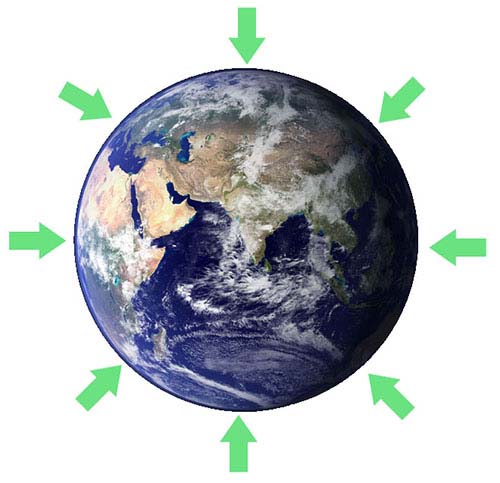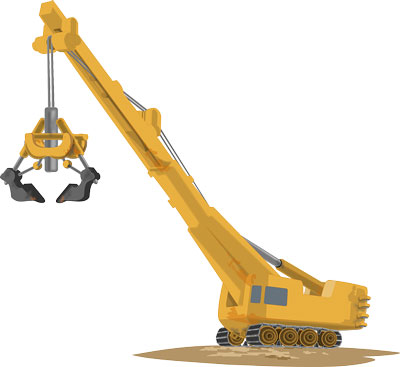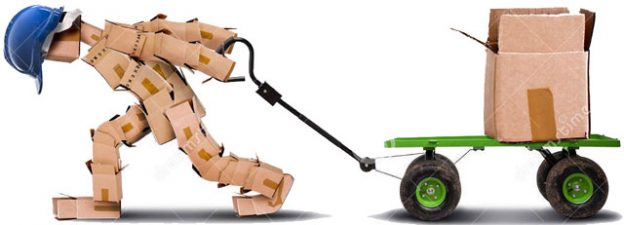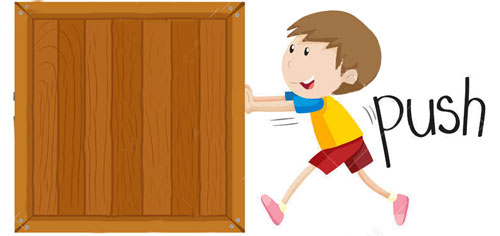Tag: force
-

-

-

Work
You might think about work as, reading books and doing homework. You may have also heard the sentence “hard work leads to success”. But, in physics work has its own meaning and it is different from the previously described example. What is Work? In physics, work is done when a […]
-

What is Friction
You may be listening to the word friction from your childhood that it slows down the vehicles and wear out the machine part. That is true! Friction causes resistance in motion. It is also a force that acts in opposite direction of motion. When you put a brake on your […]



